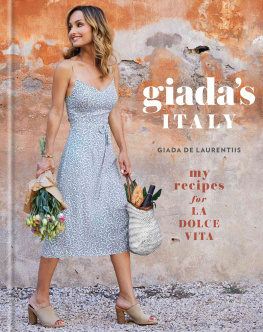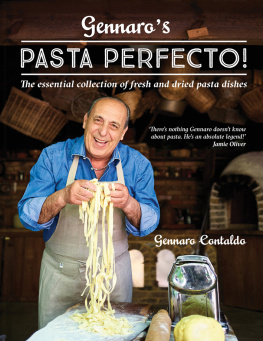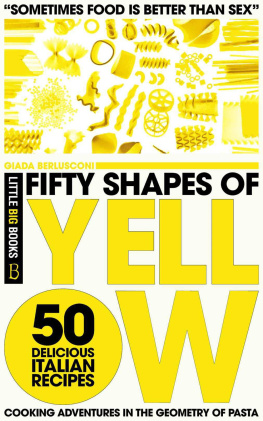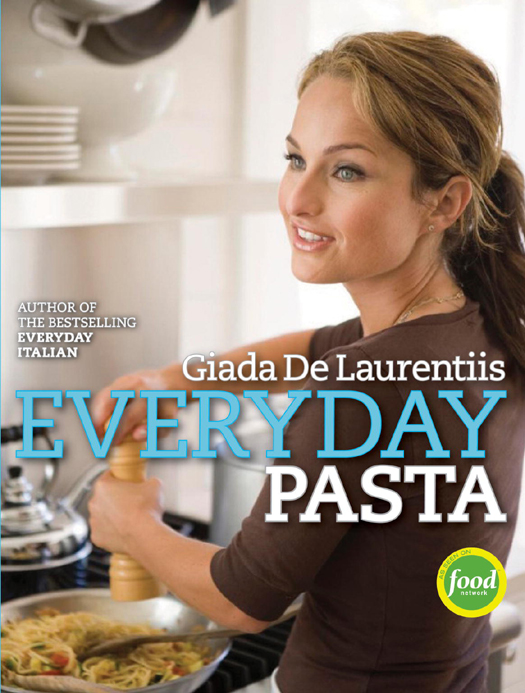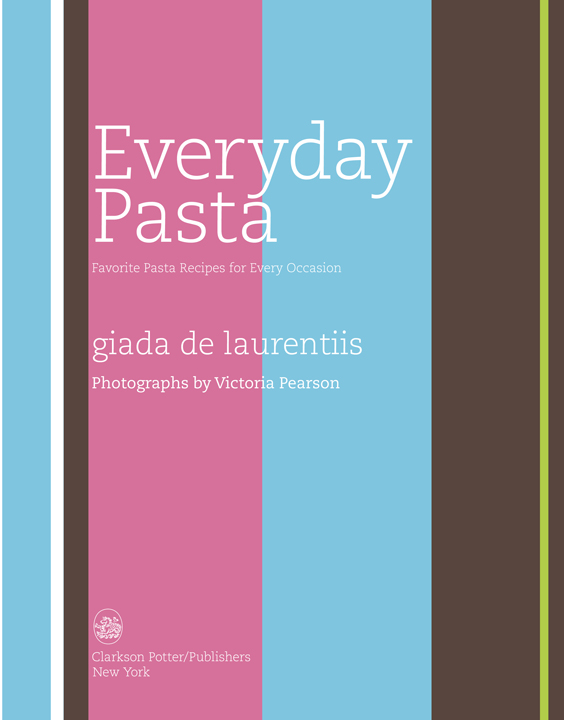
Copyright 2007 by Giada De Laurentiis
Photographs 2007 by Victoria Pearson
All rights reserved.
Published in the United States by Clarkson Potter/Publishers, an imprint of the Crown Publishing Group, a division of Random House, Inc., New York.
www.crownpublishing.com
www.clarksonpotter.com
Clarkson N. Potter is a trademark and Potter and colophon are registered trademarks of Random House, Inc.
Library of Congress Cataloging-in-Publication Data is available upon request.
eISBN: 978-0-307-95505-0
v3.1
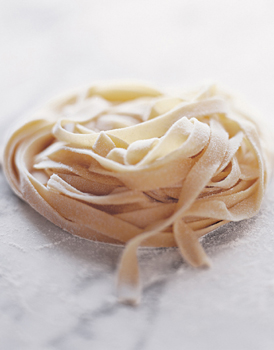
To my grandfather Dino De Laurentiis, for
preserving our heritage and passing down his
passion for great food and, more importantly,
the love of pasta!
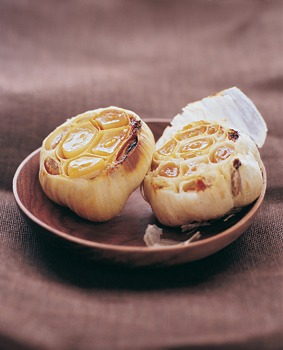
Also by GIADA DE LAURENTIIS
Everyday Italian, Giadas Family Dinners
Acknowledgments
It takes lots of collaboration to put a cookbook together, so I want to take this opportunity to thank all the people who contributed to Everyday Pasta:
Pam Krauss, for helping me put my thoughts on paperand for making the process fun. Marysarah Quinn, for all her patience and good design sense. Jon Rosen, for helping me make my dreams a reality. Eric Greenspanso much more than my lawyer; I couldnt have a better person looking out for me. Suzanne Gluck, the best literary agent around. Vicki Pearson, for bringing my food to life. Rori Trovato, for all of her patience and creativity. Kate Martindale, for giving my food a beautiful backdrop. Katrina Norwood, without whom I couldnt get the recipes just right. Sandra Tripicchio Corcoran, for ALL her hard work; Im not sure I could do all I do without her! Karen Panoch, for making me glow. Christian Navarro, for teaching all of us about wine. My family, for keeping me honest. My husband, Todd, without whom none of this would matter. Food Network, for all their support. And Jenny Frost, Lauren Shakely, Philip Patrick, Tina Constable, Kate Tyler, Sydney Webber, Amy Boorstein, Mark McCauslin, Joan Denman, Kathleen Fleury, and everyone else at Clarkson Potter for their support and guidance!

Contents
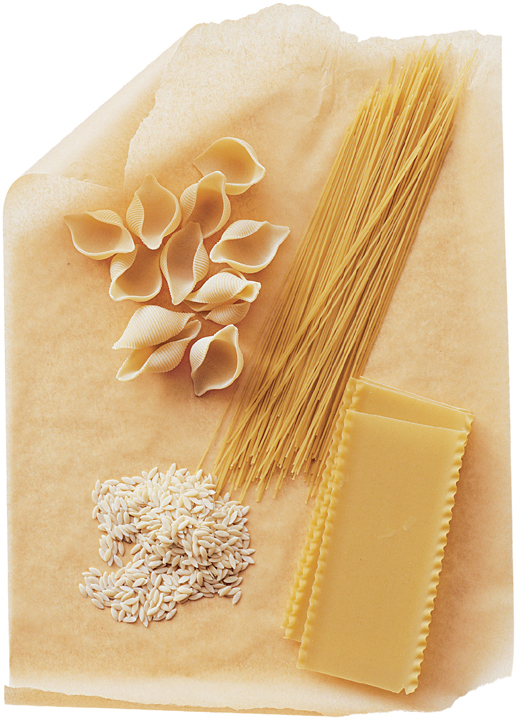
Introduction
The origins of pasta are widely disputed, despite the many attempts by food historians to assign it a definitive birthplace.
We now know that pasta did not arrive in Italy courtesy of Marco Polo, who was said to have first encountered it in China; the ancient Romans prepared a dough of water and flour called lagane that later came to be referred to as lasagna, and many others have laid claim to the invention of pasta. But Ive decided to leave the history to scholars and instead focus on pasta as a staple of Italian cultureand in my kitchen.
Pasta has always played a central role in my family, starting in the late 1800s with my great-grandfather Rosario Pasquale Aurelio De Laurentiis, who was a pasta maker in Naples, Italy.
In the early 1900s he enlisted his children, one of them being my grandfather Dino De Laurentiis, to sell the pasta door-to-door as a means of supporting the family. Dino left home when he was seventeen to make movies, but he continued to express his love of pasta and Italian cuisine when he launched the restaurant/marketplace concept called DDL Foodshow, which opened in both New York City and Beverly Hills in the 1980s. When I wasnt happily feasting on the quick pasta dishes my mother was whipping up, I was hanging out at the restaurant with my grandfather and his amazing Italian chefs, watching closely as they made fresh spaghetti and raviolis. These early experiences in the kitchens of DDL Foodshow and helping my mother prepare our family meals are what encouraged me to pursue a culinary career, and continue the traditions of my grandfather.
I have always considered pasta one of the great pleasures of the table; its healthy and delicious; it can be light and delicate or incredibly hearty; its readily available; and its generally very easy to prepareeverything you want in a meal! So when the low-carb craze hit the American food culture with a vengeance, it was disheartening to see pasta singled out as one of the ultimate dietary evils. The truth is, pasta itself contains virtually no fat, and, eaten in moderation, it is quite low in calories. The real culprit is the supersized portions weve all come to regard as normal. Any food consumed in large quantities is unhealthy, regardless of its carbohydrate content. A slice of bread with butter wont make you fat; half a loaf will.
Luckily, America has recognized that a carb-free diet is unrealistic in so many ways and that a healthy portion of pastaabout two to four ouncescan be tasty and filling. Since most of our schedules give us little free time to do much of anything, much less cook, pasta offers an easy solution when we need a quick meal that is also good for us and, most importantly, tastes amazing.
Pasta (which means paste in Italian) is simply semolina (durum wheat flour) combined with water or milk to create a dough that can be transformed into literally hundreds of sizes, shapes, colors, and flavors.
I grew up eating penne, spaghetti, rigatoni, pastina, and orecchiette, and over the years I have expanded the list of favorites to include fettuccine, fusilli, farfalle, orzo, and wheat pasta, among others.
In fresh pasta, the liquid is replaced by eggs for a richer, more delicate flavor that is a real treat, especially with cream-based sauces like a bchamel. I have provided a for those who would like to try their hands at making fresh pasta, something I urge you to do if you have some time (and a pasta rolling machine!). However, even if you dont make your own, it is now easy to find fresh pasta at gourmet specialty stores and even the supermarket, so do add it to your repertoire.
With so many varieties of pasta cuts and flavors available, it isnt difficult to be creative when deciding upon a dish. Pasta provides a perfect neutral canvas on which to combine flavors and ingredients. It can be warming and comforting when the days are cool, and light and fresh tasting when the temperatures rise. Its a perfect showcase for fresh seasonal vegetables, and an inexpensive way to stretch a little bit of a costly ingredient like seafood or exotic mushrooms to feed a group. Many pasta dishes are all-in-one meals that, at most, need a quick, easy vegetable side dish or perhaps a simple appetizer to round them out (see can be made ahead and reheated or served at room temperature. When you have a well-stocked pantry of ingredients such as olive oil, tomato paste, whole canned tomatoes, anchovies, parsley, basil, garlic, lemons, and olives, youre already halfway to a great pasta meal.


